Raising Goats for Beginners
Raising goats can be quite rewarding and pretty entertaining. There are a few things that are necessary for keeping goats healthy and happy. Whether your intentions are to raise goats for dairy, meat, fiber, or to raise goats as pets, this post will help you get started.
Raising Goats for Beginners
When we first started our homestead journey, I knew that I wanted to raise goats as pets. I dropped hints for my husband often. And like any big undertaking, it had to become his idea before we purchased our first group of goats.
He’s funny like that.
So the first thing that I started to do was research the types of goats that I wanted to raise. Since I wanted to raise goats as pets, my heart was set on getting a couple of Pygmy goats.
Again, I had to help encourage my husband with the idea that we needed Pygmies. And we didn’t start out with that breed initially. It took some time, but we eventually purchased a couple of Pygmy goats.
Our first goat purchases were Alpines, LaManchas, Nigerian Dwarfs, and Boers.
It has been several years since our first goat purchases. And boy, have we learned a lot through these years.
So, here I’ll share some of our experiences and lessons learned with raising goats.
Related: 5 Best Goat Breeds to Raise as Pets
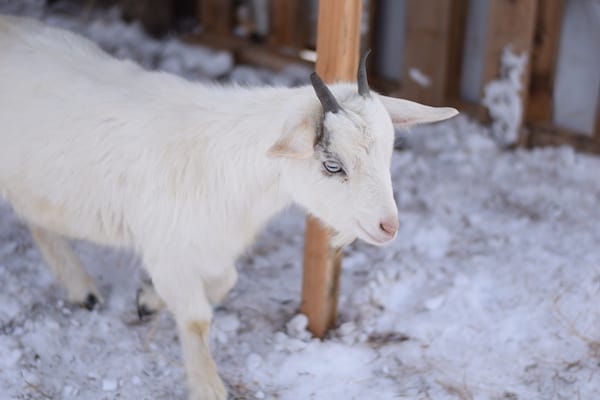
Choosing the Best Goat Breed for Your Needs
When it comes to selecting a goat breed, there are several to choose from. Some of them even serve dual purposes.
I knew when we started out that I wanted to raise goats for pets. But now we raise ours for a variety of purposes. We raise goats for grazing land & brush clean up on the ranch, for dairy, we breed our goats, and we use them for companionship.
Obviously Pygmy goats have a special place in my heart, there are a few other goats to raise as pets that I would recommend. And these can vary depending on your available land space, if you have children, and if you want them to serve as a dairy goat as well.
Alpines and Nigerian Dwarfs are just a couple of great options to keep as pets as well as for dairy!
Related: 10 Best Breeds of Dairy Goats for Beginners

Goat Behaviors
In our experience with raising goats, I always suggest to start with raising your goat when they’re young. If you have the opportunity to bottle feed your baby goat and handle them often, they will be much more tame.
Handling the goats often, petting, snuggling, and giving them love will make the goats more friendly, lovable, and tame.
Train goats and teach them manners while they are young. Young goats want to jump up and climb on everything, including people. And if they aren’t trained properly, this behavior will continue when they’re adults.
Also, I’ve seen some people who want to rough play with their baby goats. This can teach the goats to be aggressive in later years. Something you definitely don’t want to deal with.
Does and some wethers are probably the best options for keeping gentler goats around and as pets. If you want to breed your goats, you’ll want to consider adding a buck or two, depending on how big your herd is.
We currently have a Boer and a Pygmy buck for breeding. When we aren’t in breeding season, they should be separated from the does.
The larger breeds should also be separated from the smaller breeds during breeding time to prevent injury to the does during pregnancy and labor.

Preparing Housing & Fencing for Goats
Depending on your climate, you can keep your goat housing pretty simple. They will need shelter from the elements and predators, strong fencing, room to run and play. And a few other simple things.
During the winter months, we keep our goats in a barn with a fenced in pen with plenty of room for them to roam. And during the warmer months, we use the goats for grazing and keep them in with an electric fence and use this goat shelter.
Our winters here get pretty cold, so I would definitely recommend that you have some sort of hay or bedding for your goats to keep warm. Just be prepared to muck out the stalls often. And good ventilation is super important.
Goats are also natural escape artists. I would make sure you have solid fencing that is at least 4-5’ tall. We also line our fencing with cattle panels to ensure the little ones don’t escape.
Want to save this?
For awhile, our goats kept getting out despite having 5 foot fencing. The little stinkers were climbing in the tree and jumping down over the fence!
So double check that there isn’t anything they can use to help them escape.
If using electric fence, goats will find a way out if it isn’t “hot” enough. So always test that connection and use the proper power source recommended by the manufacturer.
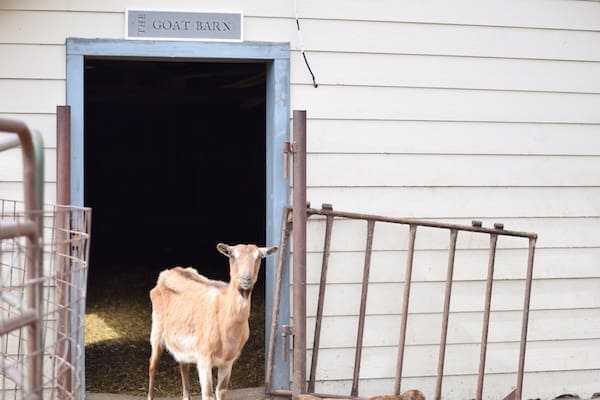
Feeding Goats
Whenever raising goats or any animal really, you’ll always want to ensure you’re providing them with good quality and nutritious food.
We feed ours hay from the pastures. We do give grain on occasion, but sparingly. It is more of a treat for the goats. They really need good quality greens.
Goats have high requirements for copper in their diet. And you’ll want to make sure that you have minerals available for the goats.
We keep salt & mineral lick tubs out for our goats to use as needed.
Goats are natural foragers and if you have the extra space for them to graze, they will love it! Here are a few tips for avoiding poisonous plants for grazing livestock.
Related: Using Goats for Grazing & Land Clean Up
And of course, you’ll need to make sure that goats are getting plenty of fresh water.
One more feeding tip, goats are pretty picky. They usually won’t eat any hay that has fallen on the ground. And this leads to a lot of waste and that can become quite expensive.
My husband built a couple of these goat feeders from pallet wood to help reduce waste.

Maturity & Fertility Basics
Most goats should usually reach maturity by about 6 months. This can vary depending on the goat breed. On average, they will reach puberty anywhere from about 4-12 months.
Goats usually breed seasonally, but some may be able to breed year round.
This is only a problem if you keep a buck with your does and don’t separate them when they don’t need to be pregnant.
The gestational period for a goat is typically 5 months. When a goat goes into labor, you may notice her behavior is “off” from what is normal for her.
Related: Pregnancy and Postpartum Goat Care
All you’ll need to do when your goat goes into labor is to make sure she has some place safe, ensure she has quality food and water available.
You’ll want to make sure she has privacy and space, but still check up on the progress. There may be times where you’ll have to assist in the labor if complications arise.
And you’ll definitely want to keep your Vet’s number on speed dial in the event of an emergency.
Check out this raising baby goats post for more information about kidding and baby goat care.
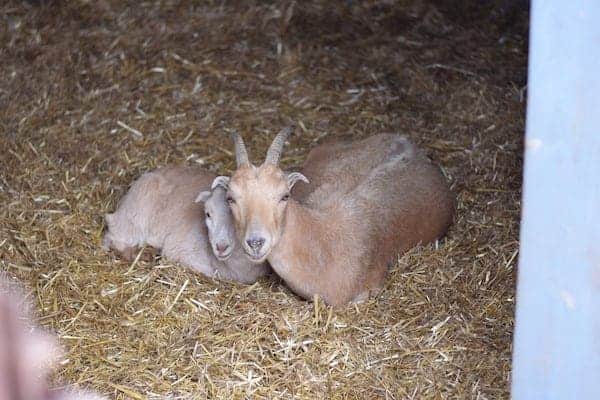
A Few More Tips for Raising Goats
Goats are herd animals and do best with a companion or more. I always recommend to anyone to purchase your goats in pairs or if you have the space, to add a small herd.
This will keep them happy and prevent loneliness. And it is something to consider if you’re planning on raising goats for milking or raising goats for pets.
Some goat breeds are more playful than others and will require more space to roam and explore. A ranch, farm, homestead, or small acreage are ideal situations for raising goats.
If you live in city limits with some space for goats to explore, make sure you check with your town’s by laws before you make your goat purchases.
A couple of other questions, I’ve received recently. Goats will only come into milk when they have given birth, called kidding. You won’t have to worry about milking your does if you don’t breed them.
Also, I wouldn’t recommend keeping goats indoors. They are natural foragers, so I can’t imagine they would be happy staying indoors for long term. They may appreciate the extra attention. But they will also create a mess and probably break or chew on various things in the home.

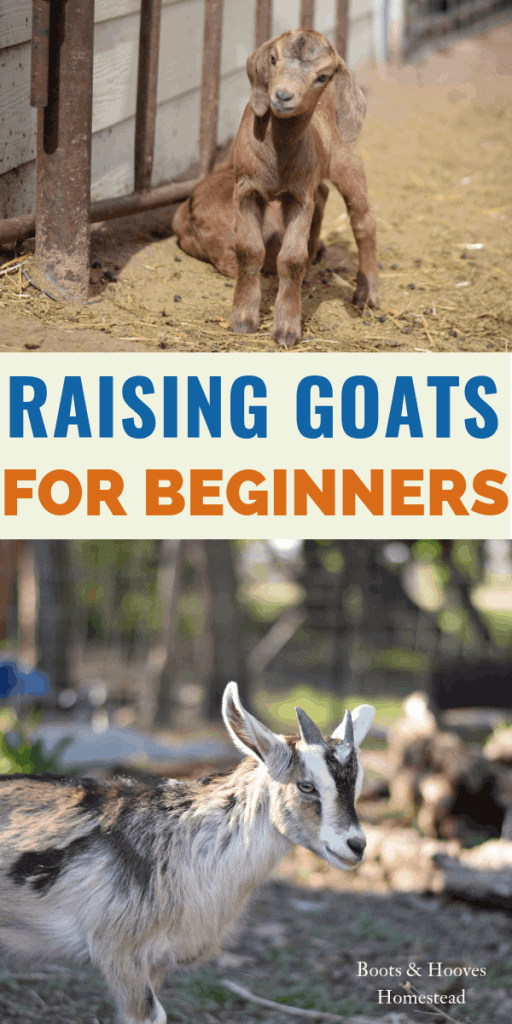
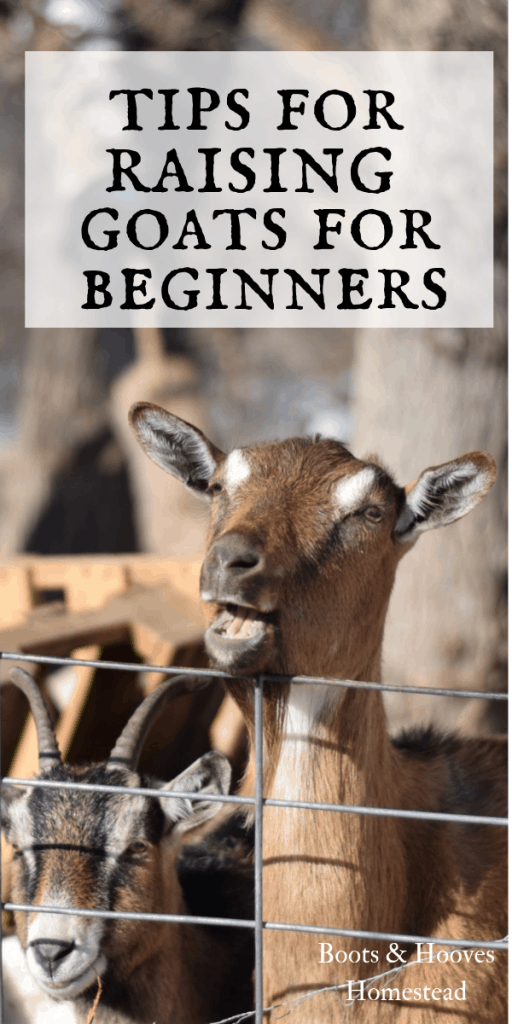
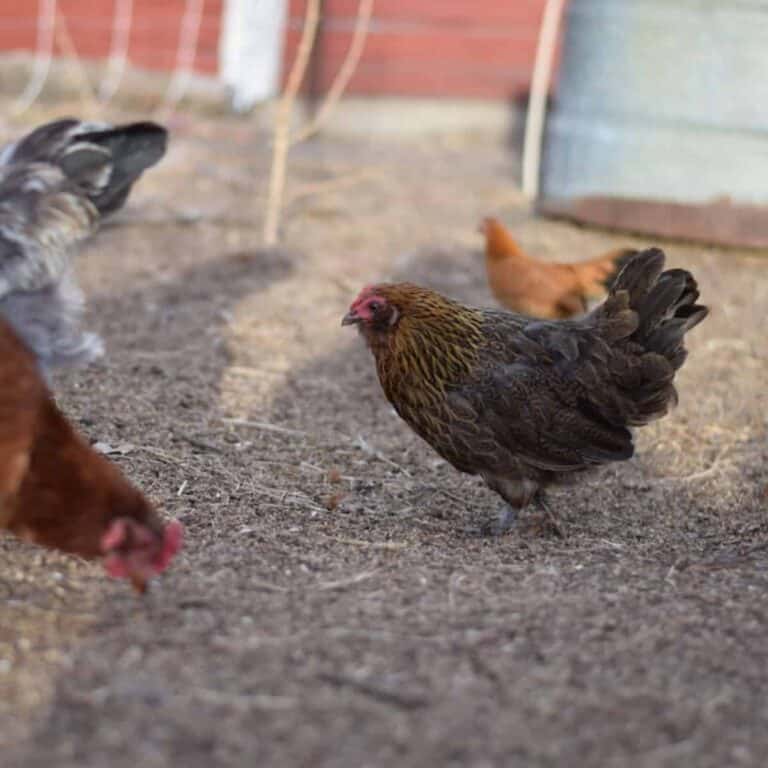
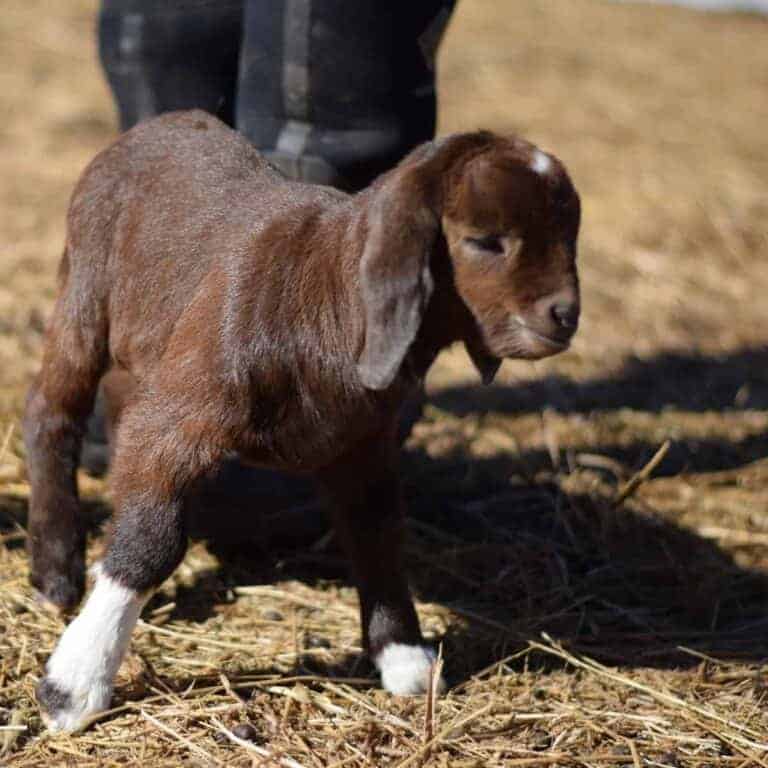
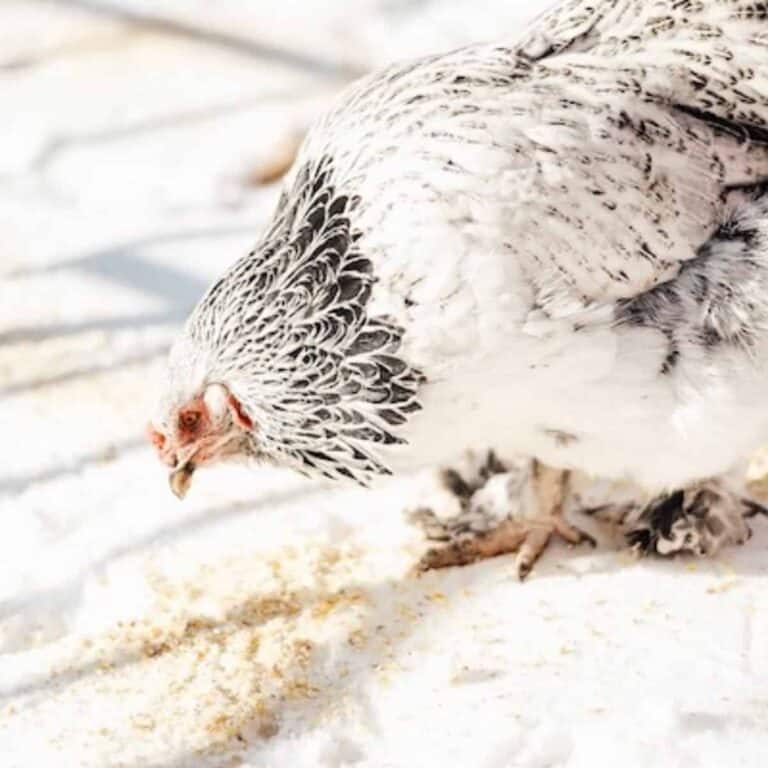
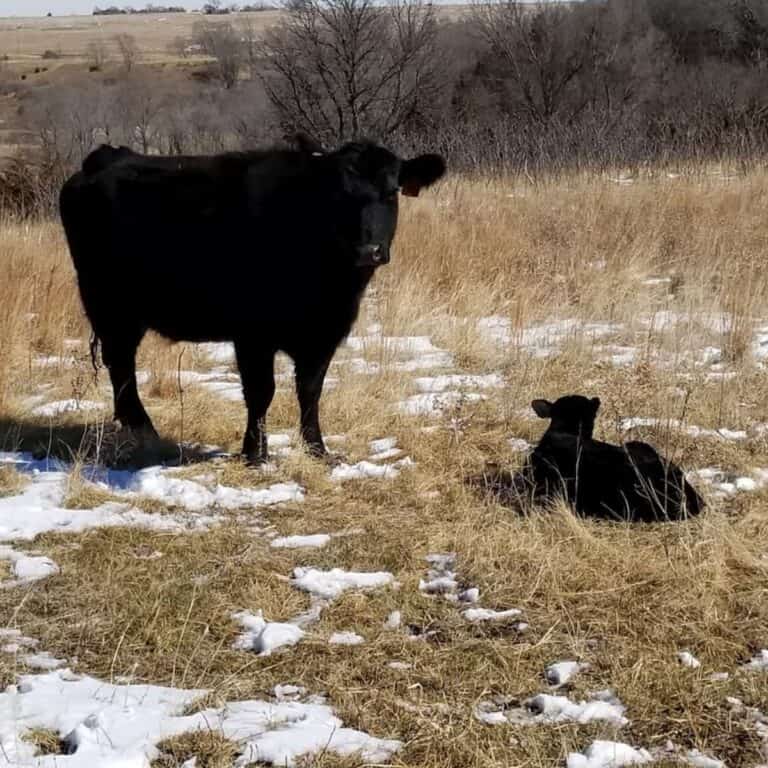
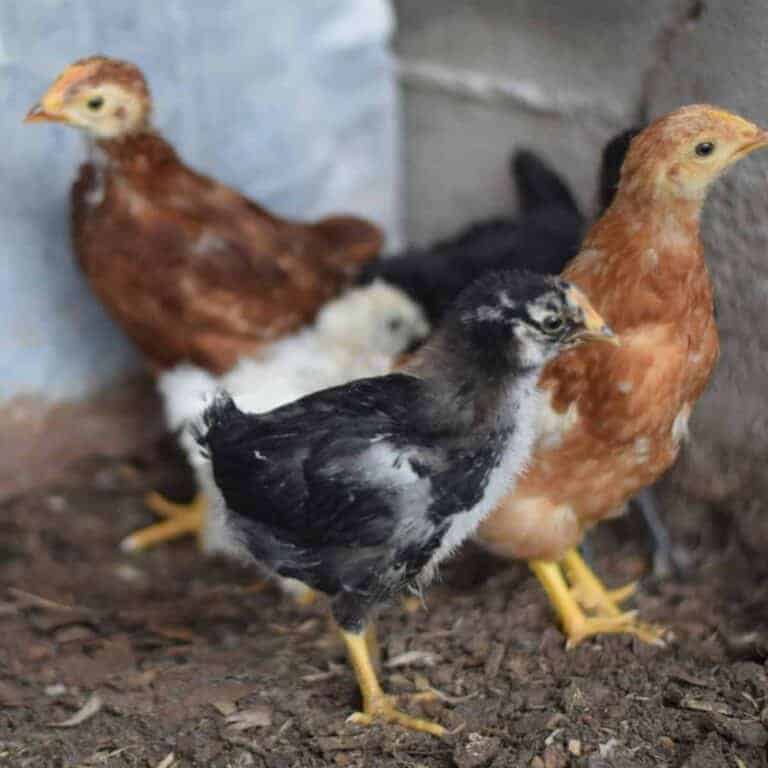
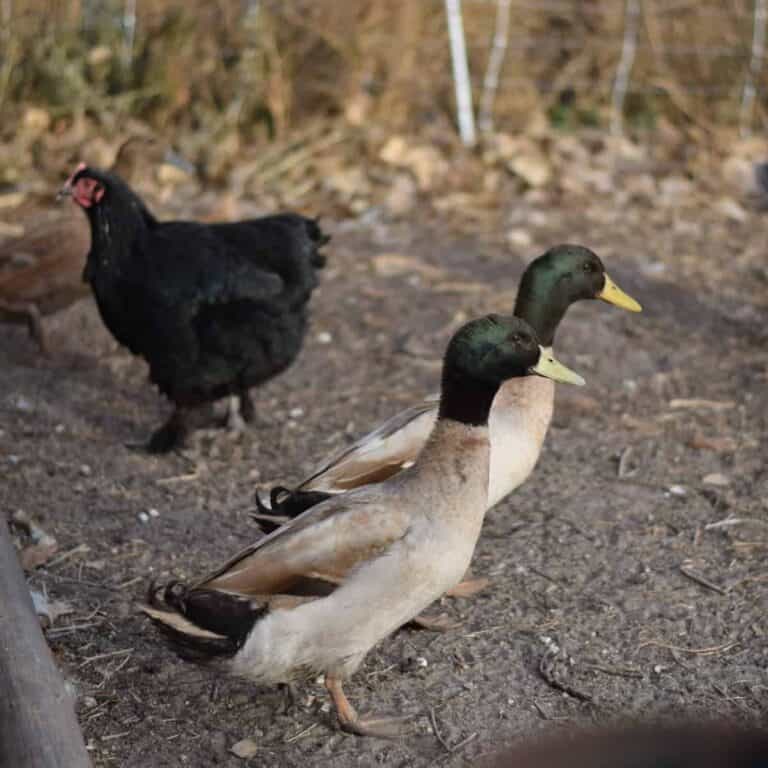
First, I absolutely love your blog! It’s nice to read about this from a fellow Nebraskan. We are about to get an acreage and have been talking about getting goats when we are settled. Are goats like dogs as far as taking them to a vet for shots or other medical needs. If so, how often and what needs to be done?
Thank you so much, Charissa. 🙂 Goats will need to have shots about once a year.. if you don’t feel comfortable with administering them, definitely take them to a vet for this. They’ll need cd&t, worming, and possibly copper bolus. Plus various minerals and supplements.
Question: I have about an acre of fenced property with downed trees and encroaching blackberries and brambles. I would like to get goats but I am conflicted about getting two females or males. Currently, I am not interested in breeding, milk production, or meat, although, that may change in the future. We already have dogs and chickens.